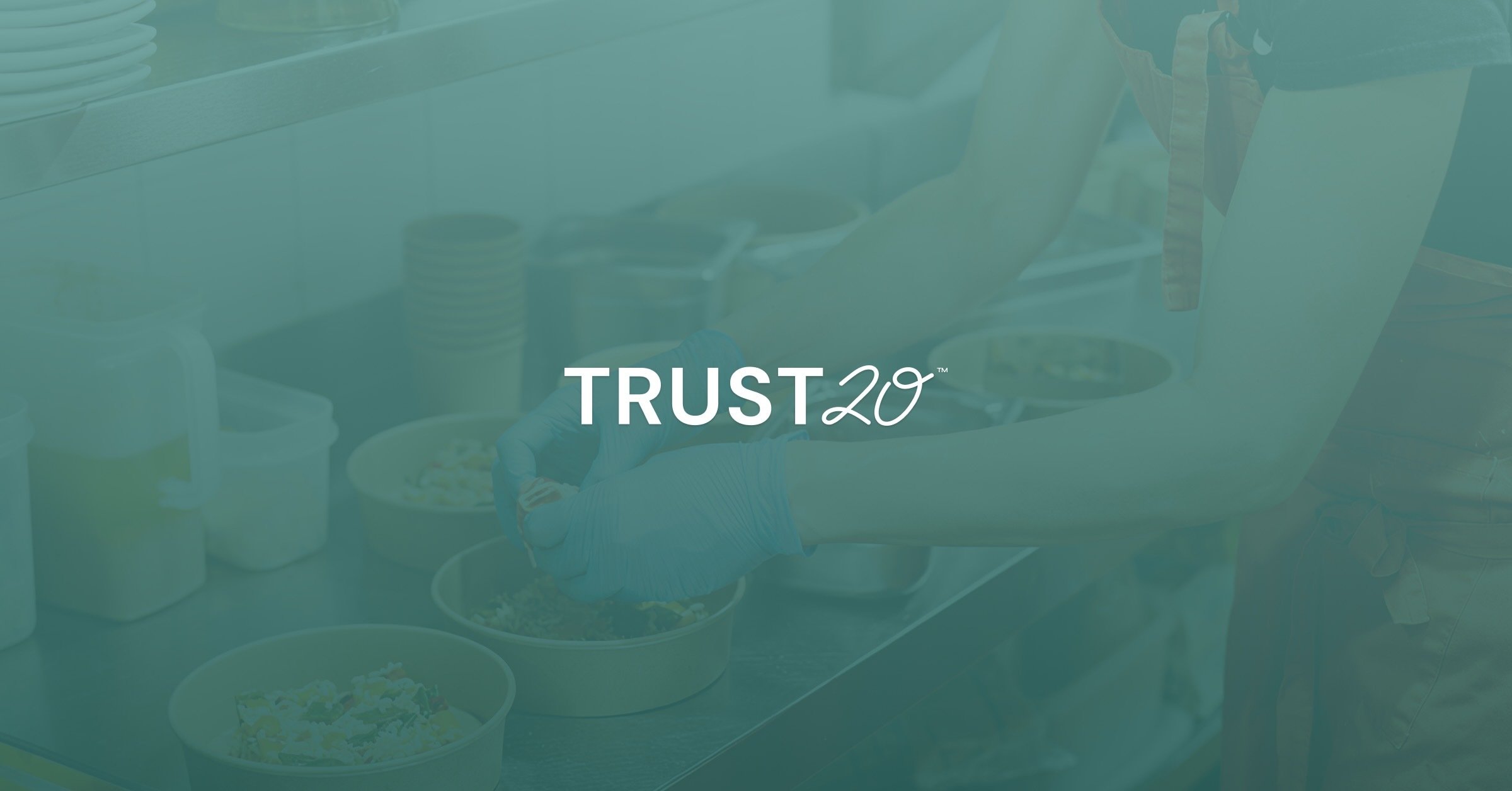Your hygiene protocols are essential to preventing a foodborne illness outbreak at your establishment–not to mention the long-term success of your business. Every operator and manager who oversees a foodservice business should create standard hygiene practices and expect their entire team to consistently and carefully adhere to them.
These protocols cover a range of activities, including cleaning, sanitization, and personal hygiene. Other basic habits and routines like handwashing, sanitizing food prep surfaces, and regular facility cleaning help you and your team maintain a safe food environment, reduce food safety incidents, and comply with relevant laws and regulations.
Understanding why and how to implement structured safe food handling practices in your establishment will make protecting your customers second-nature, so you can focus on providing an exceptional experience for everyone who walks in your door.
Keep reading to learn more about hygiene protocol, including:
What are hygiene protocols?
Why are hygiene protocols important to the food industry?
What best practices should my hygiene protocols include?
How do I create a hygiene protocol plan?
What are hygiene protocols?
Hygiene protocols are habits, policies, and processes that people in the food industry follow to help protect their customers. Hygiene protocols ensure that cleanliness is a priority and help to prevent foodborne illnesses.
Preparing and serving food to customers is a complicated process with many risks, including physical, chemical, and biological contamination. Some of the most common hygiene protocols, like cleaning and sanitization, personal hygiene, proper food storage, and pest control, can help reduce these risks.
Annually, the Centers for Disease Control and Prevention (CDC) estimates that more than nine million people in the United States alone contract a foodborne illness.1 With such a high number of foodborne illnesses, it is important for operators and managers to understand the ins and outs of hygiene protocols to help prevent such outbreaks.
Why are hygiene protocols important to the food industry?
Hygiene protocols help the food industry build customer trust, adhere to regulations, and protect public health. In fact, the Food Safety and Inspection Service (FSIS) requires many foodservice businesses to have Sanitation Standard Operating Procedures (SSOPs) in place.2
If required for your business, these procedures must be written, kept on file in your establishment, and integrated into your daily operation. The FSIS requires sanitation procedures to include: (1) all best practices that will be carried out before and during an establishment’s daily operation; (2) the frequency of each practice being performed; and (3) what staff position will be responsible for each practice.
Even if you are not required to maintain formal SSOPs, these written procedures can create the foundation of your establishment’s hygiene protocols. The FSIS model for these procedures was specifically created to help managers and operators craft their own best practices and more easily meet federal sanitation regulation requirements.3
Considering that a quick-service restaurant faces different food safety risks than a food truck, you should always customize your SSOPs and hygiene protocols to address the specific needs of your establishment.
Let’s look at a summary of what your protocols should cover.
What best practices should my hygiene protocols include?
No matter what kind of food business you oversee, there are some food safety fundamentals every hygiene protocol should include. Your documentation should cover how you and your staff will reduce food safety risks by adhering to specific practices regarding personal hygiene, food handling and storage, cleaning and sanitization, and pest control. These four categories cover a range of activities that aim to reduce the risk of food contamination while creating a clean and safe environment.
Let’s consider personal hygiene practices for a moment. The World Health Organization (WHO) estimates 600 million people fall ill after eating food contaminated due to poor personal hygiene.4 If someone on your staff has poor personal hygiene habits, like coughing over food or forgetting to wash their hands, they can cause food contamination and other issues in your establishment. However, setting clear personal hygiene expectations, like regular handwashing and using hair nets, can prevent contamination.
Ultimately, you can establish consistency across your team using the categories listed here to create a robust hygiene protocol plan and then regularly provide training to ensure they know how to properly follow your guidance.
How do I create a hygiene protocol plan?
It can be daunting to look at every aspect of your business and try to create new structures. The chart below outlines a few steps you can use to get started creating an effective hygiene protocol plan.
Start Creating a Hygiene Protocol Plan
| Create a list of each part of your establishment and assess the food safety risks. | You can use the SSOP regulation requirements to start building this list, or generally think about anywhere with food contact surfaces, storage spaces, and customer areas. You may consider creating an additional list of individual surfaces and equipment that need routine cleaning and sanitization. |
| Define the scope of the plan and best practices you need for your establishment. | You already learned that your hygiene protocols should include personal hygiene, food handling and storage, cleaning and sanitization, and pest control processes. Each of these categories will require different guidelines. For example, food handling protocols should cover time and temperature controls and properly heating and cooling foods, while cleaning and sanitization will address food contact surfaces, dishwashing, and the cleanliness of other equipment. |
| Set a schedule and outline any supplies need to properly complete each task. | Clearly stating in your SSOP when a certain food safety procedure must occur will ensure your staff is properly equipped to follow-through on each task. |
| Develop and document your hygiene protocols. |
Your SSOP will include all pertinent information about how your establishment and team will handle hygiene—from the sanitization of utensils to handwashing frequency for staff. The complexity of your hygiene protocol plan may vary depending on the type of foodservice establishment, but it should consist of documentation explaining each hygiene procedure clearly. |
The chart above is not an exhaustive list! To ensure your plan meets legal requirements, always review your local health department’s guidelines and regulations at the federal and state level.5
Start creating your protocols today
Standard best practices are essential to the health and safety of your customers and staff. Establishing these protocols also ensures your establishment always meets federal and state legal requirements. In order to protect your customers and keep your business in compliance, managers and operators like you must create preventative measures and continuously hold your staff to those standards.
Sources:
-
U.S. Center for Disease Control and Prevention: Burden of Foodborne Illnesses in the United States
-
USDA Food Safety and Inspection Service: Sanitation Standard Operation Procedures
-
Code of Federal Regulations: Part 416—Sanitation
-
World Health Organization: Food safety
-
FDA: State Retail and Food Service Codes and Regulations by State






.png)

.png)
